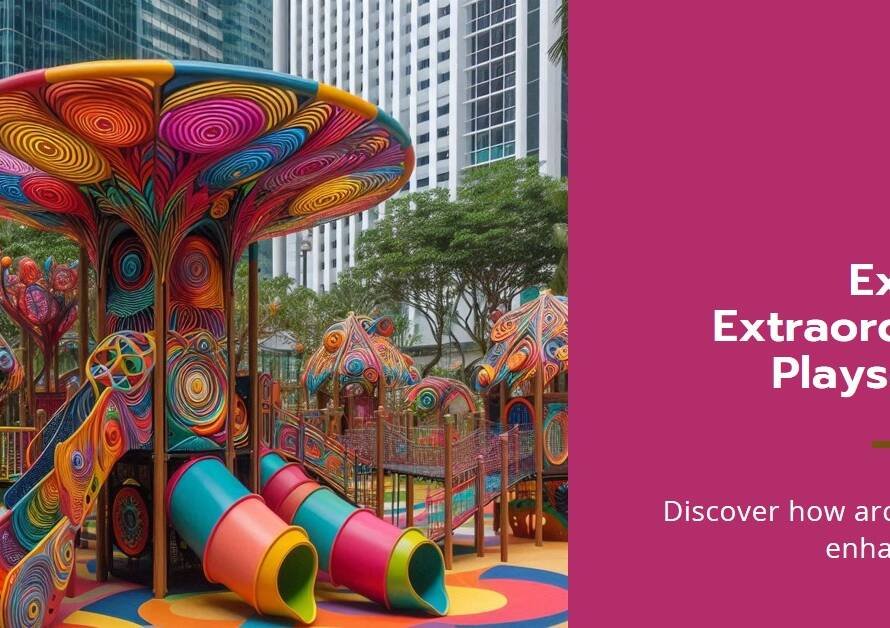
Table of Contents
In the dynamic landscape of architectural design, freelance rendering artists offer invaluable expertise and creativity that can elevate the visual storytelling and presentation of architectural projects. Collaborating with freelance rendering artists can significantly benefit architecture firms, providing access to specialized skills, flexible resources, and innovative perspectives that enhance project visualization and client engagement. In this comprehensive guide, we explore the ways freelance rendering artists can help your architecture firm succeed and stand out in a competitive industry.
1. Diverse Skill Sets and Expertise (Freelance Rendering)
Freelance rendering artists bring diverse skill sets and specialized expertise to the table, offering a range of rendering styles, techniques, and software proficiency that align with your firm’s design objectives and project requirements. From photorealistic renderings to stylized visualizations and virtual reality simulations, freelance artists can tailor their approach to match your design aesthetic and narrative goals. Collaborate with artists who have experience in architectural visualization, interior design, landscape rendering, and animation to create compelling visuals that bring concepts to life.
2. Scalable Resources and Flexibility
One of the key advantages of engaging freelance rendering artists is the flexibility and scalability of resources they offer to architecture firms. Whether you need occasional support for specific projects or ongoing collaboration on multiple assignments, freelancers can adapt to your workflow, timelines, and project phases seamlessly. Leverage freelance talent pools to augment your in-house team during peak workloads, tight deadlines, or specialized rendering needs, ensuring project continuity and quality without the overhead costs of full-time hires.
3. Enhanced Visual Communication
Effective visual communication is paramount in conveying design concepts, spatial relationships, materiality, and ambiance to clients, stakeholders, and project teams. Freelance rendering artists excel in translating architectural plans, sketches, and 3D models into compelling visual narratives that resonate with audiences and facilitate decision-making. Harness their expertise in lighting, texturing, composition, and rendering effects to create immersive visualizations that showcase design intent, functionality, and aesthetic appeal with clarity and impact.
4. Time and Cost Efficiency
Collaborating with freelance rendering artists can significantly improve project efficiency and cost-effectiveness for architecture firms. By outsourcing rendering tasks to skilled professionals, firms can streamline workflows, reduce turnaround times, and allocate internal resources more strategically to core design and project management activities. Freelancers often work on project-based or hourly arrangements, offering cost-effective solutions compared to maintaining full-time rendering teams or investing in expensive rendering software licenses.
5. Innovation and Technological Advancements
The field of architectural visualization is continually evolving with advancements in rendering software, virtual reality (VR), augmented reality (AR), and immersive technologies. Freelance rendering artists stay abreast of industry trends, software updates, and emerging tools, bringing fresh ideas, techniques, and innovative solutions to your projects. Explore collaborative opportunities with artists experienced in VR walkthroughs, interactive presentations, or real-time rendering technologies to offer clients engaging and interactive experiences that go beyond static visuals.
6. Customization and Client Feedback Integration
Freelance rendering artists offer a high degree of customization and flexibility in incorporating client feedback, revisions, and design iterations into visualizations. Collaborate closely with artists to align on project goals, design narratives, and client preferences, allowing for iterative refinements and adjustments throughout the rendering process. Leverage their responsiveness and adaptability to implement changes, explore design alternatives, and address client requests efficiently, ensuring client satisfaction and project success.
7. Portfolio Diversification and Market Expansion
Engaging freelance rendering artists allows architecture firms to diversify their portfolio, expand service offerings, and target new market segments effectively. Showcase a diverse range of visual styles, project types, and design aesthetics in your portfolio by collaborating with artists specializing in different architectural typologies, styles, and client sectors. Tailor visualizations to resonate with specific target audiences, geographic regions, or industry niches, enhancing your firm’s visibility, credibility, and competitiveness in the market.
8. Quality Assurance and Professional Standards
Professional freelance rendering artists uphold high-quality standards, attention to detail, and industry best practices in their deliverables, ensuring consistency, accuracy, and visual excellence in project outcomes. Collaborate with experienced artists who demonstrate proficiency in rendering software, rendering techniques, and rendering pipelines relevant to architectural visualization standards. Prioritize artists with strong portfolios, client testimonials, and industry certifications to ensure reliable and top-notch rendering services for your projects.
9. Collaboration and Communication Tools
Effective collaboration and communication are essential for successful partnerships between architecture firms and freelance rendering artists. Leverage project management platforms, cloud-based file sharing, and communication tools to facilitate seamless workflows, feedback exchanges, and milestone tracking throughout rendering projects. Define clear expectations, timelines, deliverables, and communication protocols upfront to foster productive and collaborative working relationships with freelance talent.
10. Long-term Partnerships and Network Expansion


Building long-term partnerships with freelance rendering artists fosters continuity, trust, and mutual growth opportunities for architecture firms and talented artists alike. Cultivate ongoing relationships with reliable freelancers who understand your firm’s vision, standards, and project preferences, establishing a trusted network of rendering experts you can rely on for future projects. Collaborate on diverse projects, refer talent to industry peers, and explore collaborative ventures that benefit both parties and contribute to the thriving ecosystem of architectural visualization.
In conclusion, integrating freelance rendering artists into your architecture firm’s workflow can unlock a wealth of benefits, from enhanced visual communication and flexibility to innovation and market expansion. By leveraging their diverse skills, expertise, and collaborative spirit, architecture firms can elevate their design presentations, streamline workflows, and deliver exceptional visual experiences that captivate clients, differentiate their brand, and propel success in a competitive industry landscape.


